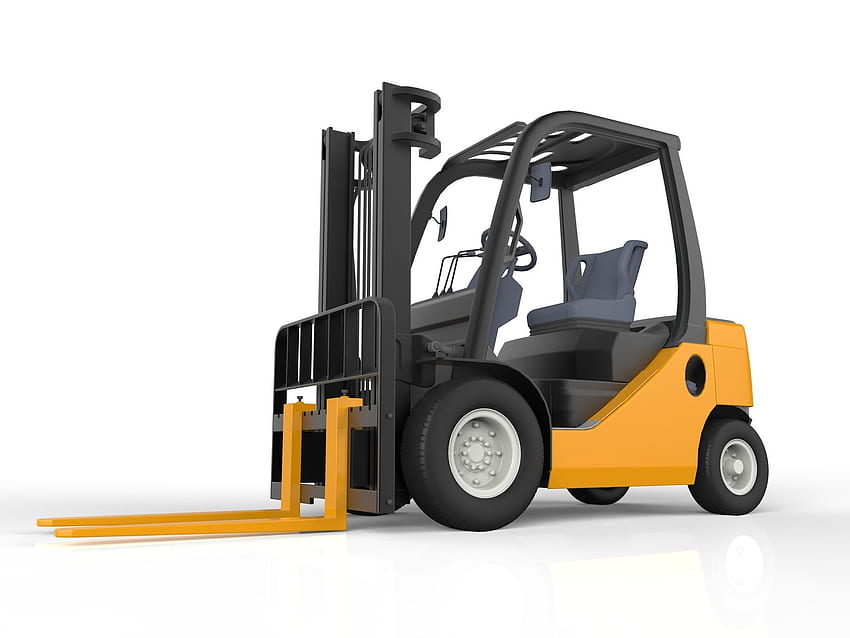Rev Up Your Fleet: Expert Tips for Toyota Forklift Service and Repair
Rev Up Your Fleet: Expert Tips for Toyota Forklift Service and Repair
Blog Article

Keeping your fleet of Toyota forklifts in optimal condition is essential for smooth operations and enhanced productivity. Regular service and timely repairs can significantly prolong the life of your equipment, minimize downtime, and ensure safety in the workplace. Whether you are managing a small warehouse or a large distribution center, understanding the nuances of Toyota forklift service repair can make all the difference in maintaining your operations.
In this guide, we will explore expert tips that will help you navigate the essentials of Toyota forklift service and repair. From routine maintenance checks to recognizing warning signs of potential issues, being proactive with your forklifts will save you time and money in the long run. Join us as we uncover practical strategies to rev up your fleet and keep your Toyota forklifts running smoothly.
Understanding Toyota Forklift Maintenance
Maintaining Toyota forklifts is critical for ensuring optimal performance and longevity. Regular service checks allow operators to identify potential issues before they escalate into costly repairs. This proactive approach not only safeguards the equipment but also minimizes downtime, which is essential for maintaining productivity in any operation.
A key aspect of Toyota forklift maintenance involves routine inspections. These should cover essential components such as the engine, hydraulics, tires, and electrical systems. Regularly checking fluid levels, filters, and belts can prevent breakdowns and enhance the efficiency of the forklift. Following the manufacturer's service schedule is crucial to keep equipment running smoothly.
Additionally, training operators on proper usage and maintenance practices can extend the lifespan of Toyota forklifts. Encouraging best practices, such as avoiding overloading, not driving too fast, and regularly cleaning the equipment, can lead to fewer service calls and enhanced safety. By integrating these habits, businesses can ensure their forklifts remain reliable workhorses in their fleets.
Common Issues and Troubleshooting
When operating a Toyota forklift, various issues may arise that can impact productivity and safety. One common problem is engine performance. A forklift may experience reduced power or stalling, which could be due to issues such as clogged fuel filters or a faulty ignition system. Regularly inspecting the engine components and ensuring that all filters are clean can help prevent these issues and keep the machine running smoothly.
Another frequent concern is related to the lifting mechanism. Operators might notice that the forks do not raise or lower as they should, which can stem from hydraulic fluid leaks or malfunctioning hydraulic pumps. To troubleshoot this problem, check the hydraulic fluid levels and inspect for any signs of leaks in the hoses and connections. Promptly addressing hydraulic issues is essential for maintaining lift capacity and ensuring safe operation.
Electrical problems can also occur with Toyota forklifts, leading to issues such as the inability to start or erratic behavior of electronic systems. Common causes include dead batteries, damaged wiring, or blown fuses. A thorough inspection of the electrical system, including battery terminals and wiring connections, should be performed regularly to identify and fix any potential faults before they escalate into more significant repairs.
https://toyota-forklift-manual.com
Essential Tools for Service and Repair
Having the right tools at your disposal is crucial for effective Toyota forklift service and repair. Start with a comprehensive toolkit that includes basic hand tools such as wrenches, sockets, and screwdrivers. A torque wrench is particularly important to ensure that bolts are tightened to manufacturer specifications, preventing future mechanical issues. Additionally, having a multimeter can help diagnose electrical problems, allowing for quick troubleshooting.
For more specialized service, invest in tools like hydraulic jacks and lifts that can safely elevate the forklift for easier access to its undercarriage and drivetrain. A transmission jack can be indispensable when working on components like the forklift’s transmission or differential. Moreover, a set of diagnostic tools designed for Toyota forklifts can provide crucial insights into error codes, making it easier to identify and rectify issues efficiently.
Safety gear is also paramount when conducting service and repair tasks. Keep gloves, safety glasses, and steel-toed boots on hand to protect yourself from potential hazards. A first-aid kit should be easily accessible in case of minor injuries. By equipping your service area with these essential tools and safety equipment, you can enhance both the efficiency and safety of your Toyota forklift service and repair processes.
Professional vs. DIY Forklift Repair
When it comes to Toyota forklift service and repair, one of the first decisions fleet managers face is whether to hire professionals or tackle the repairs themselves. Hiring certified technicians ensures that the work is done to manufacturer specifications, minimizing the risk of further issues. Professionals typically have access to specialized training, tools, and genuine parts, which can enhance the reliability and safety of the equipment.
On the other hand, some fleet managers may consider DIY repairs as a cost-saving measure. While this might seem like an attractive option, it requires a thorough understanding of the forklift's mechanics and related safety protocols. Attempting repairs without proper knowledge can lead to mistakes, potentially resulting in more significant damage and increased repair costs down the line. Moreover, incorrect repairs can also pose safety risks to operators and other personnel.
Ultimately, the decision will depend on the specific situation and resources available. If the fleet frequently uses its forklifts and requires them to be operational at all times, professional service is often the best route. For less critical repairs, with skilled staff available, a DIY approach may suffice. However, it's crucial to weigh the potential risks and benefits carefully when considering the balance between professional Toyota forklift service repair and self-service.
Report this page